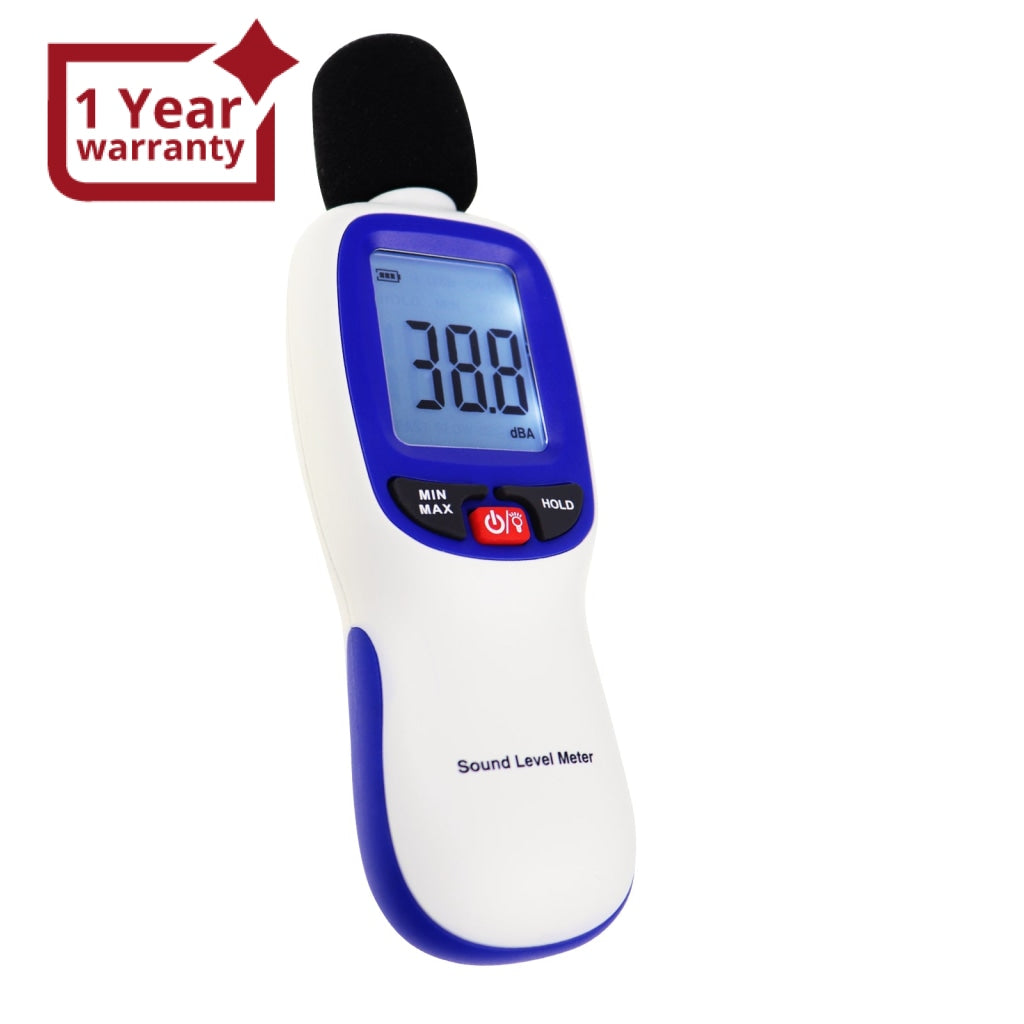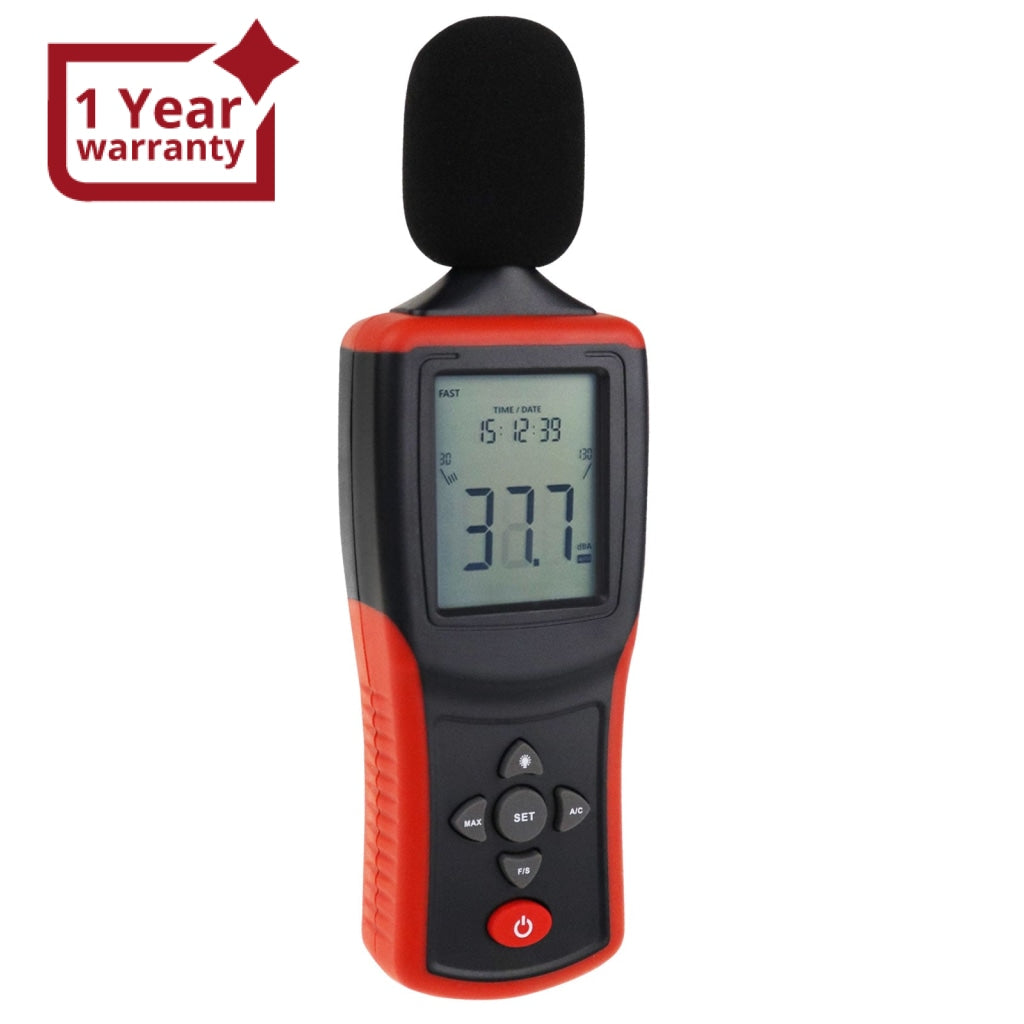
Exploring Sound Level Meters: Decoding the Language of Sound
Have you ever wondered how loud your surroundings truly are? Whether it's the bustling city streets, the rhythmic beats at a concert, or the serene sounds of nature, our environment is a symphony of sounds. However, excessive noise can have adverse effects on our well-being. This is where sound level meters come into play, enabling us to measure and understand the decibels that surround us.
Understanding Sound Level Meters: The Basics
Sound level meters, often referred to as noise meters or decibel meters, are handheld devices designed to measure the intensity of sound in decibels (dB). These compact gadgets are equipped with a sensitive microphone that converts sound waves into electrical signals, providing a real-time numerical representation of the sound level.
Why Measure Sound Levels?
The need to monitor sound levels is not just a matter of curiosity; it has significant implications for various aspects of our lives:
- Protecting Health: Prolonged exposure to high decibel levels can lead to hearing impairment, stress, sleep disturbances, and other health issues. Sound level meters help identify hazardous environments and enforce safety regulations.
- Environmental Assessments: In urban planning and environmental assessments, sound level meters play a crucial role in identifying areas with excessive noise pollution and crafting effective noise control policies.
- Quality Control: In industries like manufacturing and construction, maintaining safe sound levels is crucial for the health of employees and the surrounding communities. Sound level meters ensure compliance with regulations and standards.
- Event Management: Concerts, sports events, and public gatherings must adhere to noise restrictions to prevent disturbances to neighboring areas. Sound level meters are employed to ensure events stay within permissible sound limits.
Interpreting Decibel Readings
Decibels are measured on a logarithmic scale, which means that small changes in decibel values represent significant variations in sound intensity. Here's a general guideline to understand decibel levels:
- 0 dB: Threshold of human hearing.
- 30-40 dB: Quiet library or whisper.
- 60-70 dB: Normal conversation.
- 90 dB: Heavy city traffic.
- 120 dB: Rock concert or jet engine.
Choosing the Right Sound Level Meter
When selecting a sound level meter, consider factors such as accuracy, frequency range, data logging capabilities, and integration with other devices or software. There are both professional-grade and consumer-grade options available, catering to various needs and budgets.
Sound level meters are valuable tools that help us comprehend the soundscape around us. By measuring and understanding sound levels, we can make informed decisions to protect our health, create more peaceful environments, and ensure compliance with regulations. As we strive for a harmonious coexistence with sound, these humble devices will continue to play a vital role in our daily lives.
Next time you find yourself in a noisy environment, consider the unseen language of sound and the importance of sound level meters in deciphering it. Embrace the symphony of life while being mindful of the impact excessive noise may have on our well-being.


